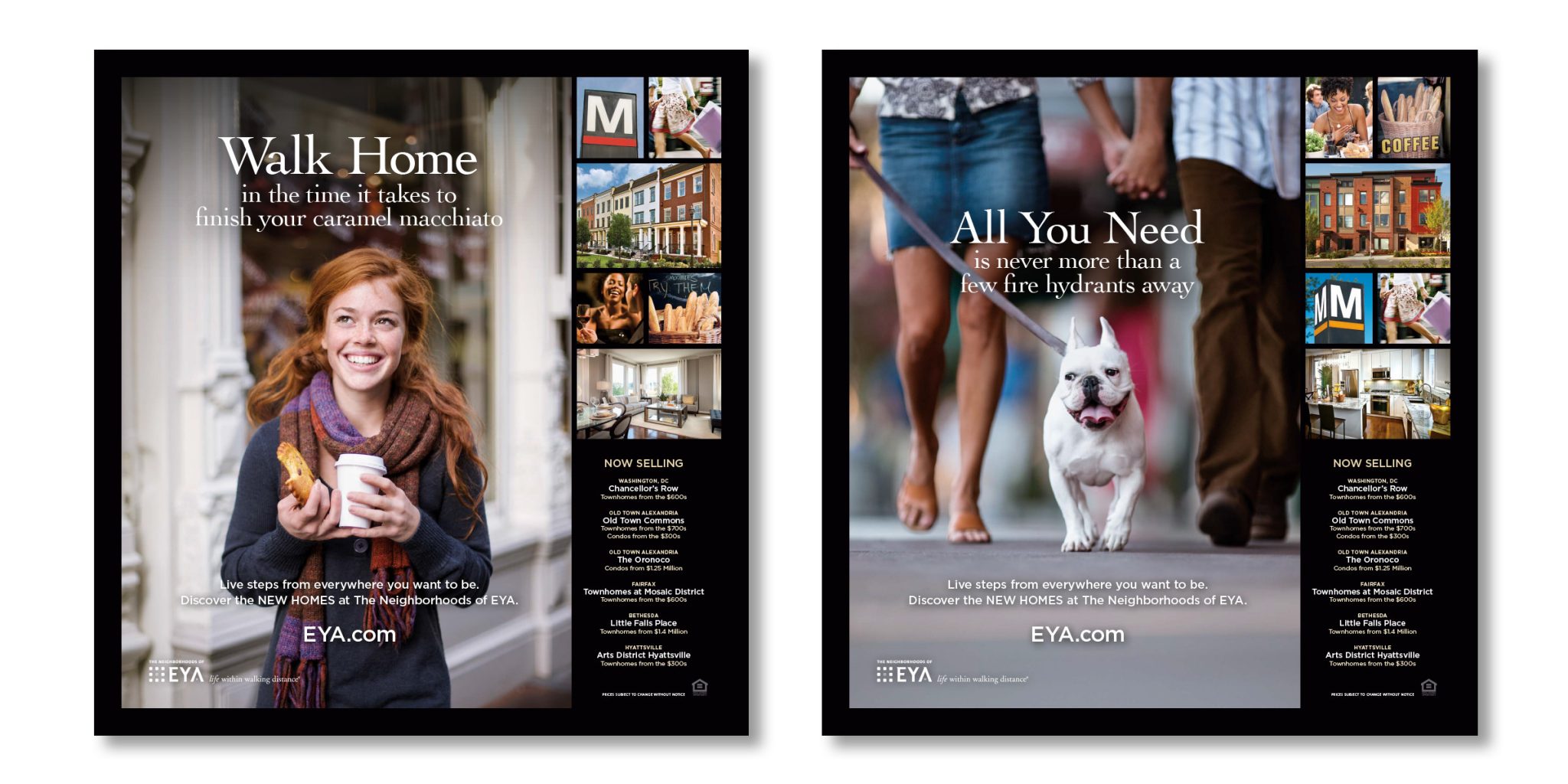Mixed-use developments have revolutionized urban and suburban landscapes by seamlessly blending residential, commercial, and recreational spaces into cohesive living environments. These vibrant hubs, often likened to modern-day urban villages, offer an array of conveniences and opportunities within one integrated community. This concept of multi-use developments isn’t just about physical spaces; it’s about cultivating a lifestyle, and this is where the art of place branding comes into play.
Place branding is a strategic tool that goes beyond traditional marketing approaches. It involves creating a distinct identity and personality for a mixed-use development that resonates with the target audience. It’s about telling a story that encapsulates the essence of the development and the unique experiences it offers. When executed effectively, place branding can forge a deep emotional connection with potential residents, businesses, and visitors.
Imagine strolling through a mixed-use development and feeling the synergy between bustling retail outlets, tranquil parks, cozy cafes, and dynamic office spaces. This vivid tapestry of live-work-play possibilities is the canvas on which place branding paints its masterpiece. It takes into account not only the physical aspects of the development but also its ethos, values, and the lifestyle it promotes. Requiring more than your typical real estate marketing playbook, place branding trends are all about meeting audiences where they are.
Experience-centric marketing: One of the pivotal trends shaping the landscape of place branding is the rise of experience-centric marketing. It’s no longer sufficient to market these developments solely as places to reside or work. Instead, marketing strategies are spotlighting the experiences they offer, from luxurious amenities to community-driven events. By emphasizing the convenience and multifaceted nature of these spaces, developers are inviting individuals to envision a life rich in both comfort and excitement. Grafik’s branding engagement with DMV real estate developer, EYA surfaced the overarching mantra, “Life within walking distance” that encapsulated the idyllic convenience of a centrally located home just steps from local shops and restaurants, major routes, and Metro.

AR and VR tours: Technology is another cornerstone of modern place branding. Augmented Reality (AR) and Virtual Reality (VR) have emerged as game-changers. These technologies enable prospective residents and businesses to take immersive virtual tours of the development, offering a sneak peek into the lifestyle awaiting them. This digital approach bridges the gap between imagination and reality, allowing people to engage with the development even before setting foot on the premises.
Sustainability: Moreover, sustainability has become a driving force behind mixed-use developments, and it’s a key aspect of effective place branding. With a growing emphasis on eco-friendly design and operations, developers are aligning their marketing campaigns with the global shift towards sustainable living. By highlighting green initiatives such as energy-efficient features and waste reduction practices, these campaigns resonate with environmentally conscious individuals seeking a harmonious life-work-play environment.
Localized, Personalized Marketing: Personalization has also taken center stage in place branding strategies. Tailoring marketing efforts to align with local culture and individual preferences creates a deeper connection with potential customers. This approach acknowledges the uniqueness of each mixed-use development, positioning it as a place that understands and caters to the specific needs of its community members. For example, Grafik’s integrated marketing strategy for National Harbor included geo-targeted campaigns capturing the attention of nearby mobile audiences on platforms like Waze and Instagram, which resulted properties like the Haven selling out ahead of schedule.
Social Media Engagement: In the age of social media dominance, platforms like Instagram, Facebook, and TikTok have become essential tools for showcasing the essence of these developments. User-generated content (UGC), such as photos and videos shared by residents and visitors, offers an authentic glimpse into the lifestyle and experiences these spaces offer. Live tours, interactive Q&A sessions, and behind-the-scenes looks further engage audiences, allowing them to participate in the development’s narrative. Fast-growing D.C. neighborhood, Buzzard Point is home to several multi-use properties, inviting residents to enjoy waterfront views and exciting sporting events at Audi Field and Nationals Park. Leveraging UGC from local neighbors as part of their social media strategy, Grafik has cultivated a bright and inviting identity for the follower base that continues to grow as the community develops.
Content Marketing: Content marketing, through mediums like blog posts, videos, and newsletters, plays a crucial role in establishing a sense of community and vibrancy within mixed-use developments. Sharing stories of residents’ experiences, highlighting local events, and spotlighting community initiatives contribute to a well-rounded and enticing narrative that attracts potential stakeholders.
As we navigate through 2023, the trajectory of mixed-use development marketing is evolving rapidly. The focus has shifted from merely promoting spaces to curating lifestyles and experiences. By embracing these innovative B2C marketing trends, developers can set the stage for the success of their mixed-use developments, whether nestled in the heart of a bustling city or flourishing in the tranquil suburbs. The future of urban and suburban living is being defined by these dynamic, integrated communities, and place branding is the brush that paints their stories onto the canvas of modern life.